Buying a used car is the most inexpensive way to get on the road, albeit a bit risky. If you don’t know much about cars, the seller can take advantage of that by hiding crucial information from you and sell it at an unfair price.
If you’re about to go second-hand vehicle shopping, checking whether the car has ever been in an accident is of the utmost importance. We’re here to help you learn to determine the signs of accidents in used cars and get a fair price for your vehicle.
So, without any further ado, let’s get right to the bottom of it!
1. A mismatched paint job
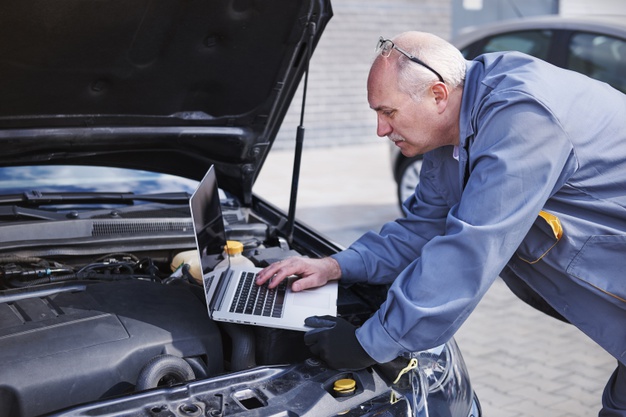
The quickest and easiest way to recognize a car that has been through an accident before is by examining the paint coating. If there are any “awkward” spots or mismatching colors, you’re likely dealing with a previously damaged car. Be careful, though, because some quality paint jobs can be quite convincing. Look at the pain from the rear side and check for any unusual “bumps” to ensure the best possible results.
Of course, just because a car has been in an accident before, it doesn’t mean it’s not worth the price. Still, if the supplier deliberately tries to hide this fact from you, who’s to say they’re not hiding other serious issues?
2. Damp smells
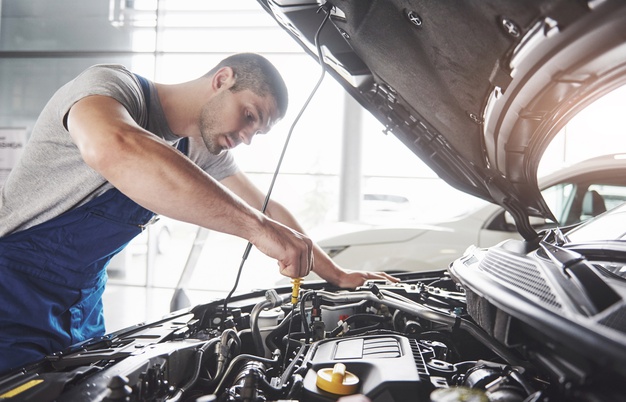
If you’ve noticed some weird damp smells inside the vehicle, it could mean it went through flood damage before. Now, it could potentially be from other issues with the car’s interior, so make sure to take it with the supplier directly.
No matter the reason, damp smells are a huge inconvenience that should bring the price down, accident or not. That especially goes if you’re about to spend hours upon hours on the road.
So yes, once you’ve started inspecting the car, don’t forget to ask to check the interior. Pay attention to any weird or foul smells and seek explanations from the supplier upon noticing.
3. Replaced parts
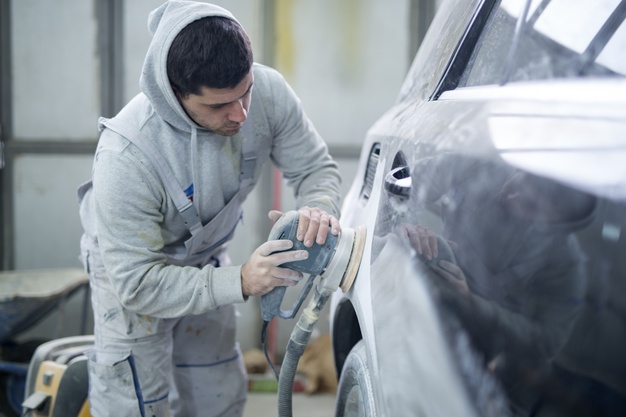
Newer car parts, on an old car are a certain sign something went wrong in the past. It’s also extremely easy to notice, as those newer parts, including the ones from Southwest Performance Parts, will stand out compared to the rest of the machine. We recommend checking the engine, tires, lights, and interior to make sure everything is in order.
Again, you don’t need to be a mechanic to notice that something isn’t quite right when it comes to replaced car parts. Any replacements will be painfully obvious, so don’t let anyone trick you into paying more than you bargained for.
If you’re still not sure whether you’ll be able to spot these types of signs or not, do some research beforehand. You can find all newer models online to look at photos and videos for some quick comparison.
4. Always go for a test drive

No matter what you do, never forget to ask for a test drive! It will put your mind at ease, and it’s the best way to diagnose and identify any “hidden” car and engine issues you would have otherwise missed.
If the seller has any “anti test driving” policies enforced, you’re better off looking for cars somewhere else. While it doesn’t necessarily mean they’re hiding something from you, the risk is simply not worth the effort.
Besides just allowing you to check for signs of previous accidents, test driving the vehicle allows you to determine whether the vehicle feels right for you or not. So, yes, try it before you buy it!
5. Vehicle History Check
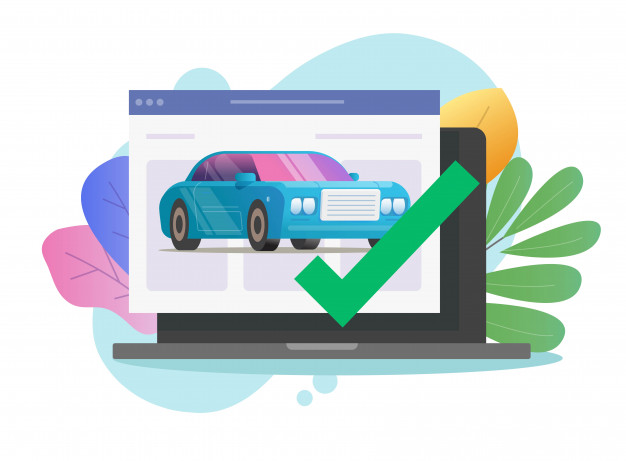
Most countries have specific codes set for every car that let you check their servicing history and provide you with precise details on what has been repaired before. In most cases, the only thing you’ll need to know is your vehicle’s VIN and your registration number. Look for services such as the Australian-based revscheckreport.com.au that can give you instant data to help you successfully “background check” the vehicle.
Make sure you find a reliable history checker online before anything else. If your supplier doesn’t want to provide you with a VIN, you can simply read it by yourself once you’re inspecting the car. Different models have their VINs on different parts of the car, so make sure you do some research before visiting the dealership.
6. The car doesn’t drive straight
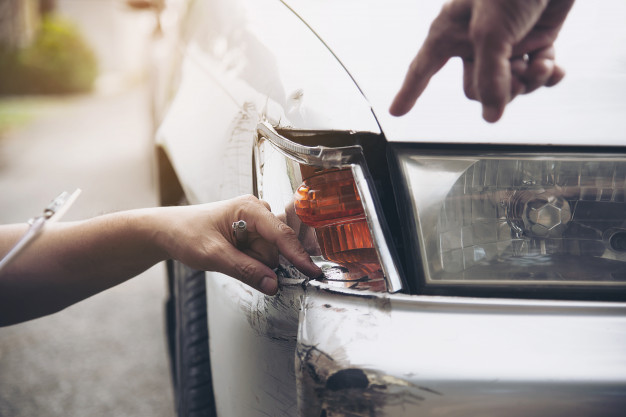
If it seems impossible to drive it straight, your vehicle probably has some alignment issues, which could also mean it has been through a car accident before. Whatever you do, make sure you never purchase a car that doesn’t drive straight: it’s unsafe and it can be costly to repair.
Besides, the car could have a bent chassis, which can be near impossible to fix. In this case, you’d be wasting your money completely. So, again, always ask for a test drive and ensure your car can drive straight.
7. Background check your supplier
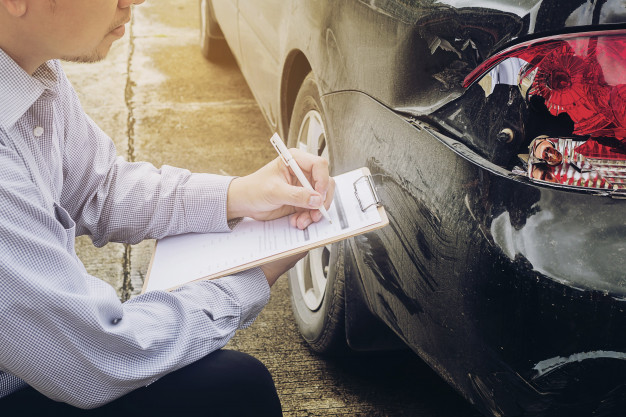
No matter if you’re going to buy your car from an individual seller or a dealership, you have to do some research to ensure they’re reliable enough. If you can find any online reviews and customer ratings, make sure you’ve read them. Otherwise, seek recommendations from your friends, family, or even online forums.
Lastly, if you’re still unsure whether your supplier is being dishonest with you or not, get a mechanic to help you examine the car. It will only cost you a couple of bucks while helping you get rid of any doubts you may have, so it’s undoubtedly worth the effort.
The bottom line
There are many ways you can protect yourself from dishonest car sellers. As long as you follow the advice given in this article, buying a used car will be the best investment you’ve so far. So, get your car’s history checked and look out for any of the mentioned signs to ensure you get a functional vehicle for a fair price. Besides that, you could always hire a professional to check it for you if you’re not confident enough to do it yourself. All in all, we wish you good luck and a safe journey!




